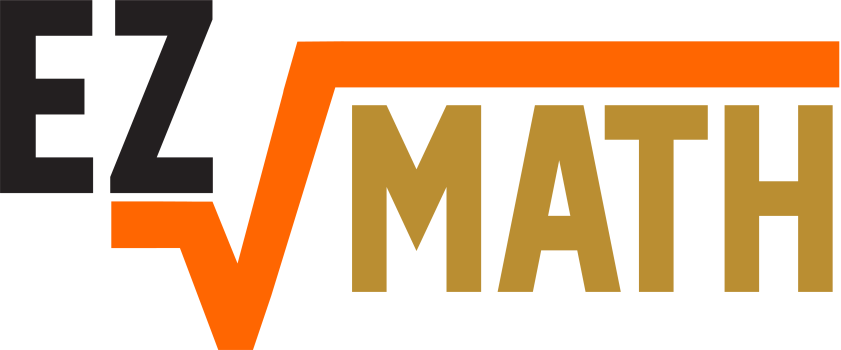My first year of teaching was…a blur. I look back fondly on it, but I honestly don’t remember much. I recall the colleagues in my department, some memorable students, and… that’s about it. I’m pretty sure we had a heated labor dispute in which the teacher’s union threatened to go on strike. I was encouraged to wear black on certain days to show solidarity, but I was too focused on just figuring out what the heck I was teaching the next day to worry too much about that. My colleagues were fired up about COLA percentages, and there I was just trying to survive and keep my job for the next year.
The thing about your first year that can be so challenging is that you have nothing to fall back on. Every lesson is brand new, you have no idea how it will go, and it really is just a crap shoot every single day. Hopefully you have a strong PLC (Professional Learning Community) at your school site who can support you with lesson plans and teaching strategies. Even so, doing a new lesson for the first time is like making a batch of pancakes. No matter how good the batter is, you are always going to mess up the first pancake. Even after 19 years I still feel bad for the first class I give a new lesson to, since they never get the best pancake of the batch (shout out to my period 1!).
When I think back to my first year lessons, I was just following the lesson plan format that Chapman University taught me. I dutifully typed up my plans each night using their lesson template on Word. All I can remember about them now is that they had to include an “anticipatory set”, which was some sort of attention grabber at the beginning of the lesson. These were critical, apparently. Every lesson basically ended up with me doing direct instruction and the students taking notes in their trusty math journal. Exciting.
If you stick with it and get a few years under your belt, you end up compiling a modest library of lessons and activities that you can use. Your content knowledge grows, and you can anticipate most of the conceptual errors students might make. Knowing this makes lesson planning way easier. It took me about 5 years to create/borrow/find a decent library of lessons and not have to work every single day to create something new or heavily revise something from the past. This is the point in which I created the 20% rule for myself.

It is not sustainable to re-create every single lesson each year. When you teach multiple sections of different courses, you just don’t have the time to remake everything. After a while you should have a reliable battery of “good” lessons, a few “great” lessons, and a full pantry of “please leave me alone and work on this worksheet” handouts. It’s at this point you need to be strategic and consider your own mental wellness. No lesson will ever be perfect, and you won’t have enough time to do everything. This is where the 20% rule comes into play.
Each year my goal is to revise, create, throw out, or upgrade 20% of my lessons in each course I teach. When I plan out my year, I begin by laying the foundation of the lessons I already have. Once I have my road map, I focus on one lesson per course each week that needs some attention. Is it good, but could be great? Can I change the whole structure so that it is more student-centered? Can I add an extension to challenge students, or lower the entry floor so that more students find early success? Is the lesson just pure crap and I need to start over completely? Each week I focus on the weakest lesson of the bunch, and I do my best to make it at least “good”.
The optimistic teacher in me wants to make every lesson “great”, and create an amazing experience for all of my students every single time I see them. The pragmatic teacher in me knows that this is not really feasible, and that I will have zero energy for my students if I spend all of my waking hours trying to create the “perfect lesson” every day. There has to be a balance, and this was the best system I devised. I figured that by doing this, I would improve 100% of my curriculum every 5 years, which seemed pretty good if you ask me. By year twenty I would have revamped my entire lesson library at least three times.
I religiously followed my 20% rule for about 10 years. Then the world learned about something called Covid-19.
To be continued…

